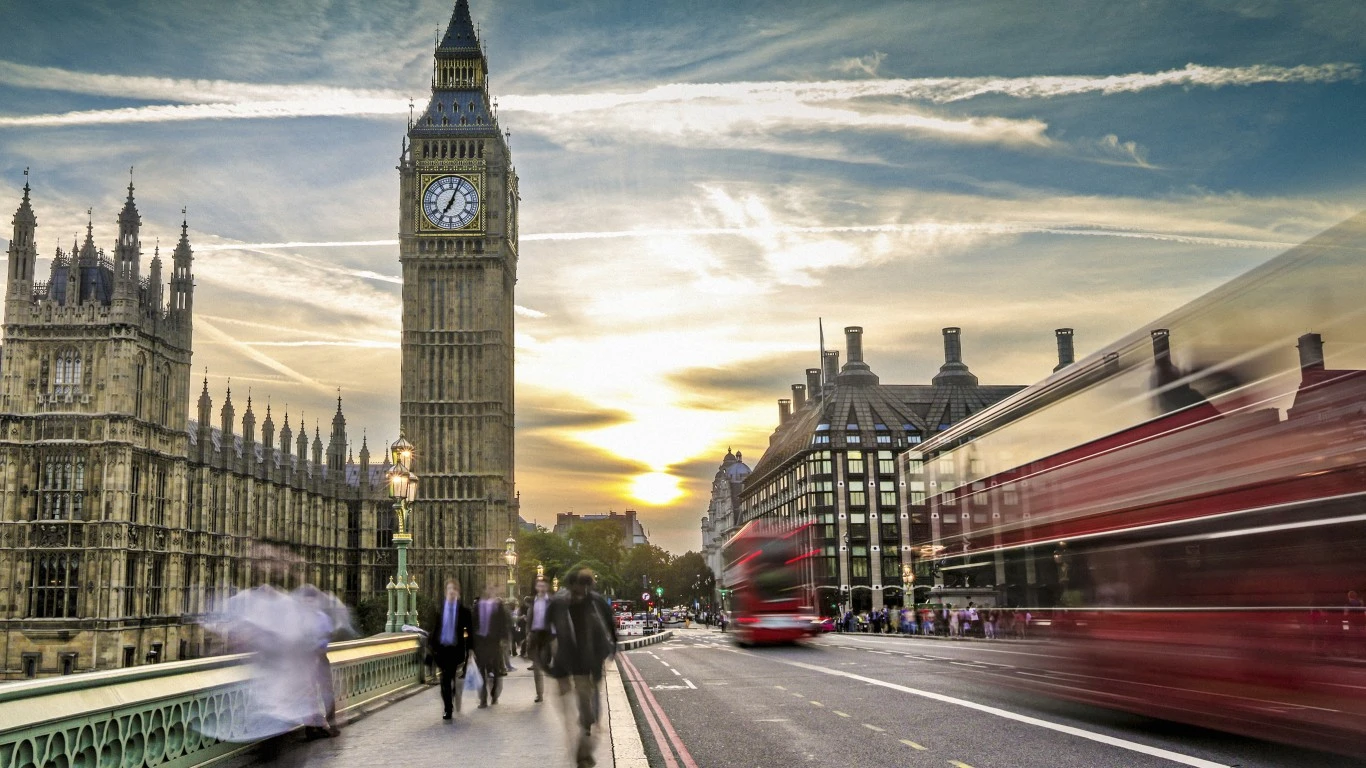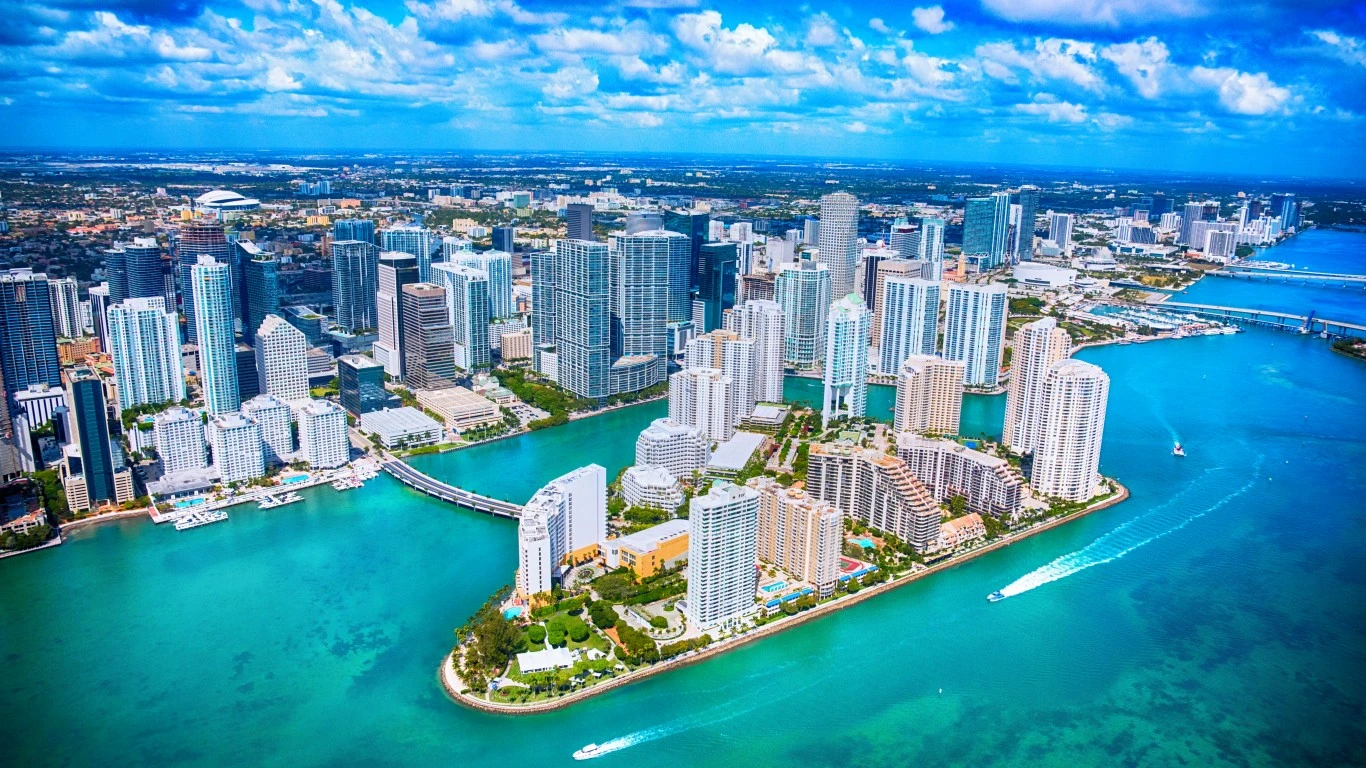Coming on the heels of President Joe Biden’s success in passing an historic climate bill, California Gov. Gavin Newsom’s plan to ban sale of all gasoline-powered cars by 2035 is a bold, unprecedented, and some would say savvy, political wagon-hitching by a potential presidential candidate in 2024. It sets a new high bar in the race to convert the world’s auto fleet to electric. It’s also impossible.
California is known as a world leader in electric vehicle sales, with about one in six cars currently sold being EVs, and yes, many of them are Teslas $TSLA . But even though several other states are expected to follow California, and automakers such as Ford Motor $F and General Motors $GM are furiously racing to retool manufacturing to adapt to the EV era, corresponding transitions in supply chains, renewable energy, and battery power just won’t be ready by then.
As much as I applaud the naked ambition of Newsom and his advisers, as a resident of Northern California I know all too well how hard it is to move entrenched interests in this state. We are still the seventh-largest oil producing state, after all — despite our renewable energy enthusiasm. We are struggling to keep open our last nuclear power plant because of the current lack of energy on our grids, which yields blackouts on a daily basis somewhere in the state. And despite having more EV charging stations than any other state by far, almost 14,000, we will need many times that to service communities, particularly low income, that need to adapt to electric vehicles. In short, we don’t have enough electricity — yet.
Finally, the new plan, which officials say will cut state emissions 50% by 2040, or 395 million metric tons, will be largely offset by our worsening wildfires, which created 112 million metric tons of emissions in 2020 alone.
Still, this is the type of bold climate leadership that more states — and countries — need to adopt if we are to mitigate global warming. For investors, it creates new timelines and performance metrics for everyone from automakers and battery makers to charging station companies, mineral suppliers, and electric grids. That means new opportunities. So maybe impossible, but worth a try.
Zeus: From cloud-seeding to nuclear reactors – the new investor era of climate action
. . . . As governments and investors deal with unprecedented climate damage this summer — consider how much worse it is even than last summer — they are getting increasingly bold in defensive actions, writes David Callaway. Once controversial technologies such as nuclear are becoming mandatory and even geoengineering is back on the table. What this means for investors is also unprecedented, and risky. Laser fusion, anybody? . . .
Read the full Zeus column
A selection of this week’s subscriber-only insights
. . . . Imagine you’re a pension fund manager in Texas or Florida, and you want to assess the risk of flooding in your real estate portfolio or the potential for wind farms in the Gulf of Mexico. Now imagine having that information shut off from you. That’s the binary world state pension managers in these two states live in these days as their political leaders try to ban them from using environmental, social and governance (ESG) information to run their assets.
In trying to restrict pensions from assessing investments through anything other than fiduciary responsibility to make as much money as possible, these leaders are instead condemning them to missing out on possible huge opportunities in technology, and risks in their own states. Apparently, in an election year, it never occurred to these folks that no asset manager worth his or her salt would even consider an ESG strategy unless it was designed to make more money? . . .
. . . . Amid this year’s scramble for more energy, particularly in the oil and gas industry, wind capacity is getting left behind. S&P Global Market Intelligence reported this week that capacity additions in the second quarter fell 77%, to 945 megawatts, the lowest level of new capacity since 2018. While there is plenty of new capacity in the pipeline, the slowdown is a sign that amid the desperate calls for more energy, investment in renewables at least has been hit by the bear market. The Global X Wind Energy ETF $WNDY , which includes international wind companies, is down about 16% year to date. . . .
. . . . Further to the theory that all climate wins are local, a new international study released today identified 38 Chinese cities that have reduced emissions five years in a row, even as their populations have grown. These so-called “emission peaked” cities, such as Beijing and Taizhou, cut emissions through a combination of energy efficiency and structural change on energy usage, according to a release by the University of Birmingham in the UK, one of the authors. See the database of emerging economy emissions here: CEADs: Carbon Emission Accounts and Datasets for Emerging Economies.
The study also points out another 21 cities whose emission reductions came from declines in population and energy usage, which is another way of doing it, we guess. The findings are interesting because they show that despite geopolitics and national headlines, much of the decarbonization work that will be achieved in coming years will be at the municipal level, in the U.S. as well as China and everywhere else. The creation of new tiers of energy efficiency will likely impact levels of investment as well as migration. Expect leaderboards to become more common in energy and environmental circles. . . .
Editor’s picks: Ceres launches new water investment initiative
Ceres launches Valuing Water Finance Initiative
A group of institutional investors are joining sustainable investment group Ceres in urging 72 corporate water users and polluters to value and act on water as a financial risk and drive the necessary large-scale change to better protect water systems. Ceres says the Valuing Water Finance Initiative is “the only global investor-led initiative aimed at moving companies to respond to the global water crisis.” Ceres said in a recent news release that 64 initial institutional investors representing $9.8 trillion in assets under management have committed to the project, which “offers comprehensive guidelines to investors while also considering the full suite of water-related issues, from water availability and quality to board oversight and public policy engagement.” Signatories at launch include financial institutions such as pension funds, mainstream asset owners and socially responsible investors spanning the globe. The companies the initiative is aiming for include Amazon $AMZN , Microsoft $MSFT , Apple $AAPL , Nestle, Unilever $UL , and Archer Daniels Midland $ADM . Click here to see the full list of focus companies Ceres is engaging through this initiative.
Climate law could cut emissions-related costs by up to $1.9 trillion
The Inflation Reduction Act, signed into law last week, will significantly cut the social costs of climate change, according to a new analysis by the Office of Management and Budget. The analysis says the IRA could reduce costs from climate-related damages by as much as $1.9 trillion. “The Inflation Reduction Act represents the most aggressive action to combat the climate crisis and improve American energy security in our nation’s history,” writes Candace Vahlsing, associate director for climate, energy, environment, and science at the OMB. “Because of the Inflation Reduction Act’s investments, America is on track to decrease greenhouse gas emissions by about 40% below 2005 levels in 2030,” Vahlsing said. That would put the U.S. in a position to meet the goals of cutting greenhouse gasses at least in half in 2030 and reaching net zero by no later than 2050.
Latest findings: New research, studies and projects
The case for closing coal plants at scale
Pressure is building to bring coal-fired power plants worldwide into early retirement, driven mainly by economic and environmental concerns, say the authors of The case for closing coal plants at scale, a special energy report from the World Economic Forum. The report notes that at least four types of business models can be applied to these closures: policy-based, buy-out, repurposing, and renewable energy replacement. “Applying the best business model for a plant closure depends on plant age, utilization, ownership, Power Purchase Agreement (PPA) terms, politics, markets and power system conditions. In some circumstances, a hybrid model may be optimal, combining elements of any of these four models. What’s more, pursuing programmatic plant closures, or closures-at-scale, presents different opportunities for each business model, with the trade-off between value creation and ease of implementation varying by the plant.” Authors: Deb Chattopadhyay, University of Queensland; Brad Handler, Payne Institute for Public Policy, Colorado School of Mines; and Morgan Bazilian, Colorado School of Mines.
Word to live by . . . .
“Anyone who believes in indefinite growth in anything physical, on a physically finite planet, is either mad or an economist.” — Kenneth E. Boulding.
Callaway Climate Insights Newsletter
By David Callaway












